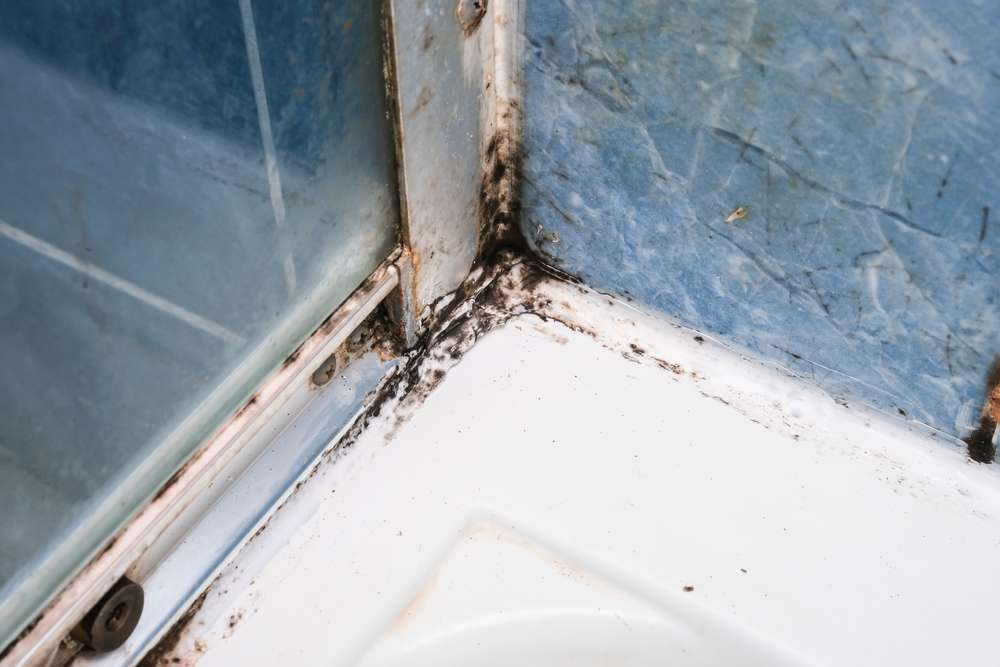Optimizing ventilation to limit damp and mildew
Effective ventilation is a first-line strategy for reducing damp and mildew in wet rooms. Simple changes to airflow, routine maintenance, and practical layout considerations can lower humidity, protect finishes like tiles and grout, and extend the life of plumbing and fixtures.

Poor air circulation allows moisture to linger on surfaces, promoting mildew growth and damaging materials over time. Addressing ventilation early—through mechanical fans, passive vents, or improved airflow paths—reduces relative humidity levels and shortens the time surfaces remain wet. That in turn limits mold spores settling into grout lines, under seals, and around plumbing fixtures, preserving finishes and improving indoor air quality. Practical choices in ventilation also interact with waterproofing, drainage, lighting, storage, accessibility, and long-term maintenance planning.
How does ventilation reduce moisture?
Ventilation moves humid air out of the room and brings drier air in, lowering condensation on cool surfaces. In wet rooms, a properly sized extractor fan with a duct to the exterior is often the most effective solution; run it during and for 20–30 minutes after bathing. Passive ventilation—such as trickle vents or transfer grilles—helps maintain background airflow when mechanical systems are off. Aim for balanced approaches: continuous low-level ventilation plus short-term boost modes reduces spikes in relative humidity and prevents persistent damp.
What role do tiles and grout play in mildew control?
Tiles themselves are generally impermeable, but grout and sealant lines are vulnerable to moisture penetration and microbial growth. Use grout with appropriate density and consider epoxy grout in high-exposure zones to resist staining and water ingress. Regular sealing of porous grout and prompt repair of cracked grout or missing sealant reduce places where mildew can establish. Proper ventilation complements these measures by drying grout surfaces faster, reducing the time organic matter stays moist and available for mold growth.
How should plumbing, fixtures, and drainage be managed?
Leaky plumbing and poorly sloped drains create constant moisture sources that ventilation alone cannot solve. Inspect fixtures for drips, address slow or trapped drainage, and ensure bathtubs and showers have adequate slope to channel water toward drains. Use water-resistant backer boards around wet areas and confirm that junctions between fixtures and walls are mechanically sound and well-sealed. Improving drainage and stopping leaks reduces load on ventilation systems and enhances overall safety and durability.
How do storage, lighting, and accessibility affect damp conditions?
Overfilled storage or cabinetry can block airflow and create microclimates where damp lingers. Keep storage units ventilated, avoid closing off airflow paths, and use materials that tolerate humidity. Good lighting helps detect early signs of mildew—discoloration, black spots in grout, or peeling sealant—so repairs can happen sooner. Design choices that improve accessibility, such as open shelving or removable panels, make it easier to inspect and maintain hidden spaces prone to damp.
How do waterproofing, remodeling, sustainability, and safety intersect?
Waterproofing membranes, proper flashing, and quality fixtures lower the risk of water intrusion. In remodeling, select sustainable materials that resist moisture and have low VOC emissions to maintain indoor air quality. Consider long-term energy impacts when specifying ventilation: energy-recovery ventilators and timed controls can balance humidity control with efficiency. Safety features—like thermostatic mixing valves and slip-resistant tiles—should not compromise ventilation or drainage; integrated planning ensures the room remains both safe and dry.
What routine maintenance limits mildew and preserves systems?
Regular checks are essential: clean exhaust fan grilles, test fan operation, reseal grout and joints as needed, and clear drainage traps. Wiping down wet surfaces and leaving doors or windows open briefly after use speeds drying. Inspect plumbing for slow leaks and keep ventilation paths unobstructed by storage. Scheduled maintenance extends the lifespan of fixtures, reduces the need for intensive remodeling, and supports sustainability by preventing material waste caused by water damage.
Conclusion
Optimizing ventilation is a practical and effective way to limit damp and mildew when combined with good waterproofing, reliable plumbing, sensible storage, and consistent maintenance. Thoughtful design choices—covering tiles and grout, fixture selection, drainage paths, lighting, and accessibility—create environments that dry quickly, resist microbial growth, and remain safe and sustainable over time.





